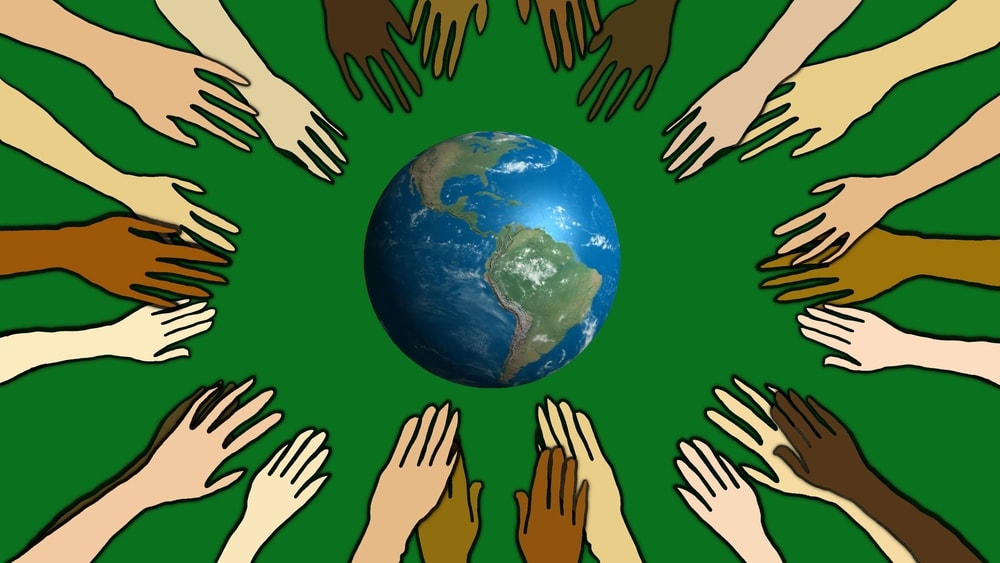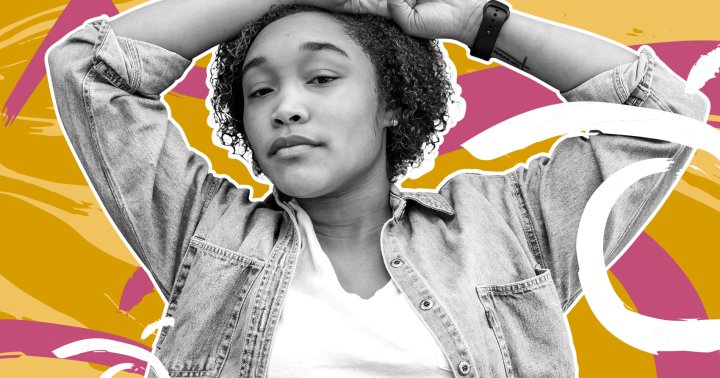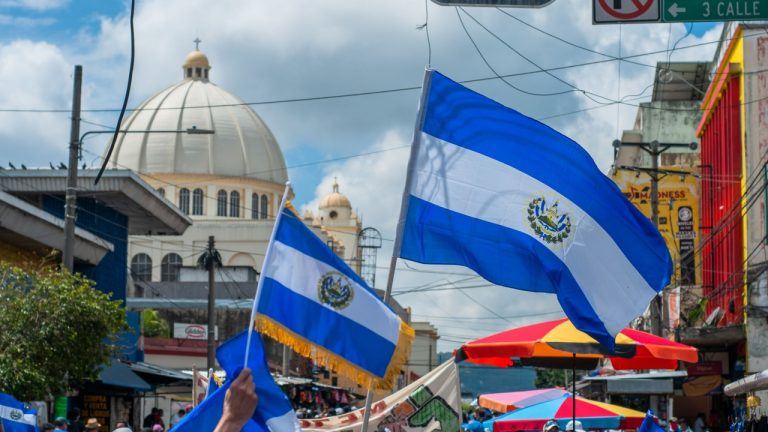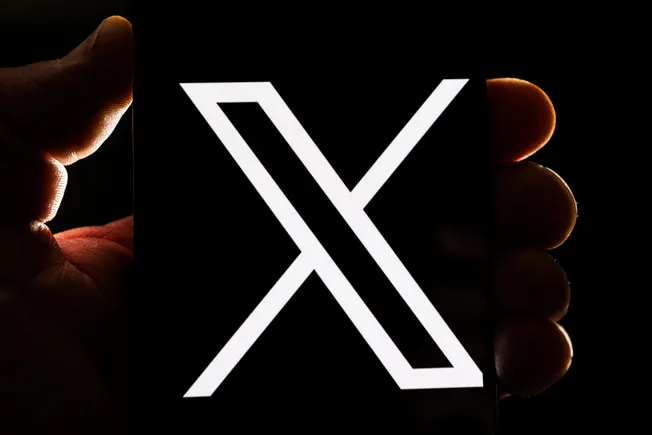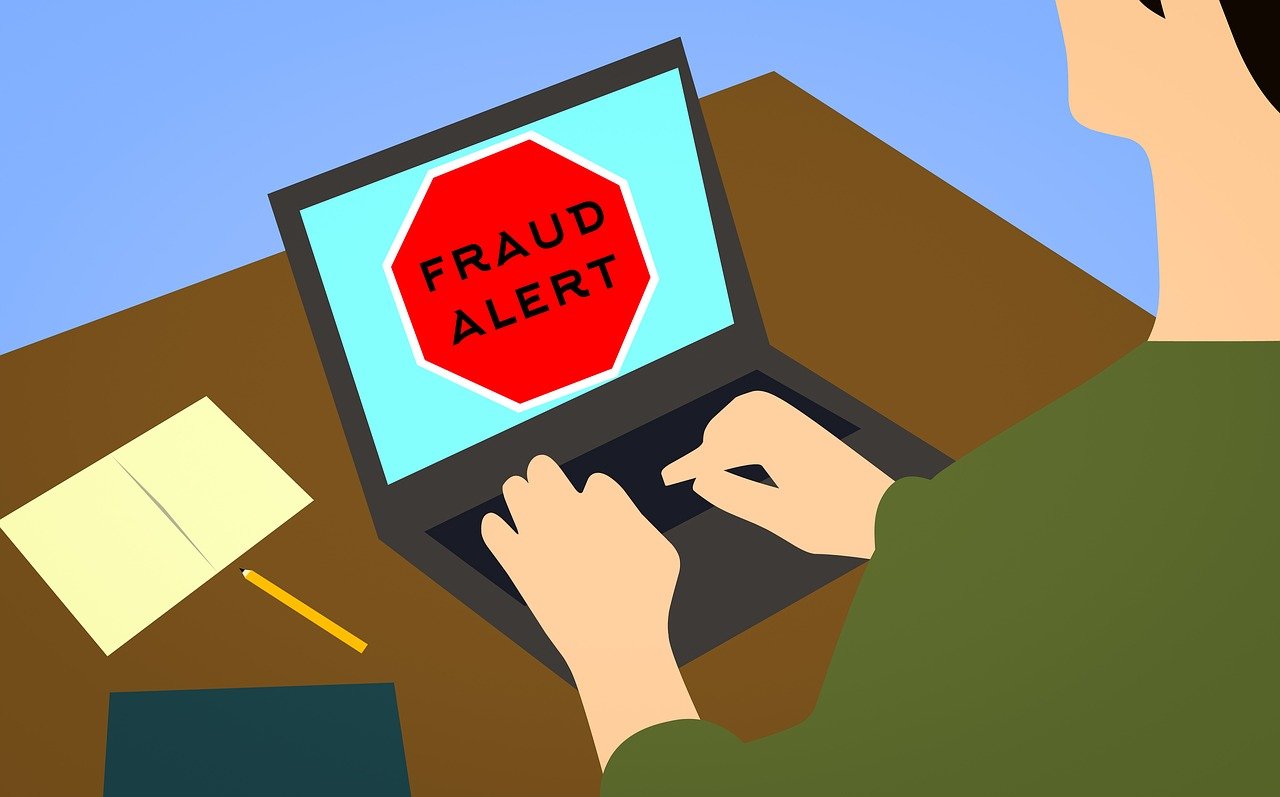The Surprising Foods That Can Trigger Flushing (That Are Probably In Your Diet)
Even “healthy” foods can be a trigger.
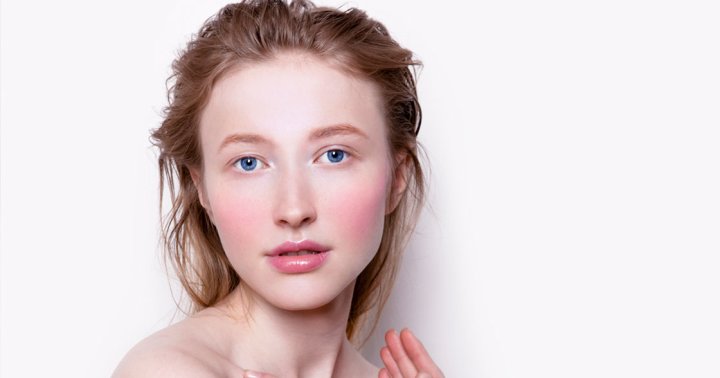
We often talk about the diet-skin connection here. Much of the discussion centers around what you can eat to support your natural collagen production, enhance hydration, and, well, just look more glowy. But minding what you’re consuming becomes even more of a priority when you have inflammation-related skin conditions: Research has shown time and again that what you eat can affect your complexion, especially if you are genetically predisposed to skin conditions such as rosacea.
Now when you think of flare-up causing foods, I’m betting some of these come to mind: Cheese and dairy, high-sugar snacks, and fast food. Certainly I know when I indulge in these I expect a potential rosacea flush. But here’s the kicker: It’s not just these stereotypical iffy treats that trigger redness. According to board-certified dermatologist Estee Williams, M.D., who specializes in rosacea, even “healthy” foods can be a trigger.
In a recent episode of our beauty podcast Clean Beauty School, we chatted about the skin condition in pretty impressive depth (if you have it, it’s worth a listen). And our trigger conversation really stood out to me.
The surprising trigger foods you may not have been aware of & what to do.
"The National Rosacea Society came up with the list of many triggers that were commonly reported by rosacea patients, and foods were off the charts," she says, noting items like coffee, tea, red wine, avocados, citruses, nuts, spinach, soy, and spicy herbs. "It's a very long list, so it would be unmanageable to avoid everything on it—especially because many of these are healthy foods. It's not just cookies and cake."
And when she says long, she means it. According to the survey done by the society, some 30+ foods have the ability to cause flare-ups. These findings are further supported by research, including a 2021 literature review that found common trigger foods included the more obvious ones (alcohol and coffee), but also several foods that are otherwise considered good-for-you, such as citrus fruits, tomatoes, bananas, peas, yogurt, and even surprising histamine-rich foods like avocado, dried fruits, and spinach.
So what can be done? Well, there are amazing topicals you can lean on, such as azelaic acid and oat extracts, to help reduce redness. You can also get your fill of healthy omega-3 fatty acids, which research shows can play something of a protective role. And of course, you can visit your dermatologist for prescriptions to help manage symptoms.
Ultimately, given how extensive the list is, you can’t and shouldn’t avoid everything on it. But it is about finding a balance. “It comes back to the question of is rosacea dangerous? So if a person drinks coffee and they have a slight flush, is that dangerous? No, it’s really not,” she says. “But if a person is in a state of flare-up more often than they’re not, or if they are covered with pimples, or perhaps they have ocular rosacea where their eyes sting, then we have a problem, because you really don’t want to be in a state of inflammation for a prolonged period of time.”
Listen, you have to enjoy life and if avocado toast makes you happy, then flare-ups be damned. But we are strong advocates of being at least aware and conscious of what your unique triggers may be.

 Aliver
Aliver 







